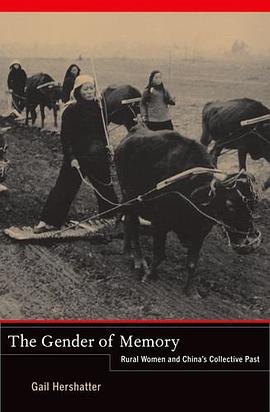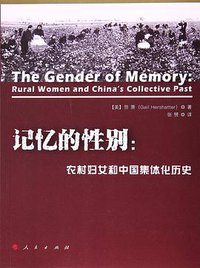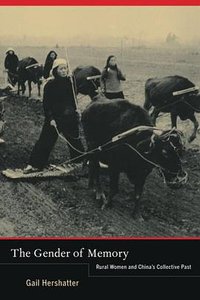
Rural Women and China's Collective Past
Gail Hershatter
简介
What can we learn about the Chinese revolution by placing a doubly marginalized group―rural women―at the center of the inquiry? In this book, Gail Hershatter explores changes in the lives of seventy-two elderly women in rural Shaanxi province during the revolutionary decades of the 1950s and 1960s. Interweaving these women’s life histories with insightful analysis, Hershatter shows how Party-state policy became local and personal, and how it affected women’s agricultural work, domestic routines, activism, marriage, childbirth, and parenting―even their notions of virtue and respectability. The women narrate their pasts from the vantage point of the present and highlight their enduring virtues, important achievements, and most deeply harbored grievances. In showing what memories can tell us about gender as an axis of power, difference, and collectivity in 1950s rural China and the present, Hershatter powerfully examines the nature of socialism and how gender figured in its creation.
contents
Acknowledgments ix
Maps xiii
Introduction 1
1 Frames 13
2 No One Is Home 32
3 Widow (or, the Virtue of Leadership) 65
4 Activist 96
5 Farmer 129
6 Midwife 154
7 Mother 182
8 Model. 210
9 Laborer 236
10 Narrator 267
Appendix: Interviews 289
Notes 293
Glossary 401
References 411
Index 443

